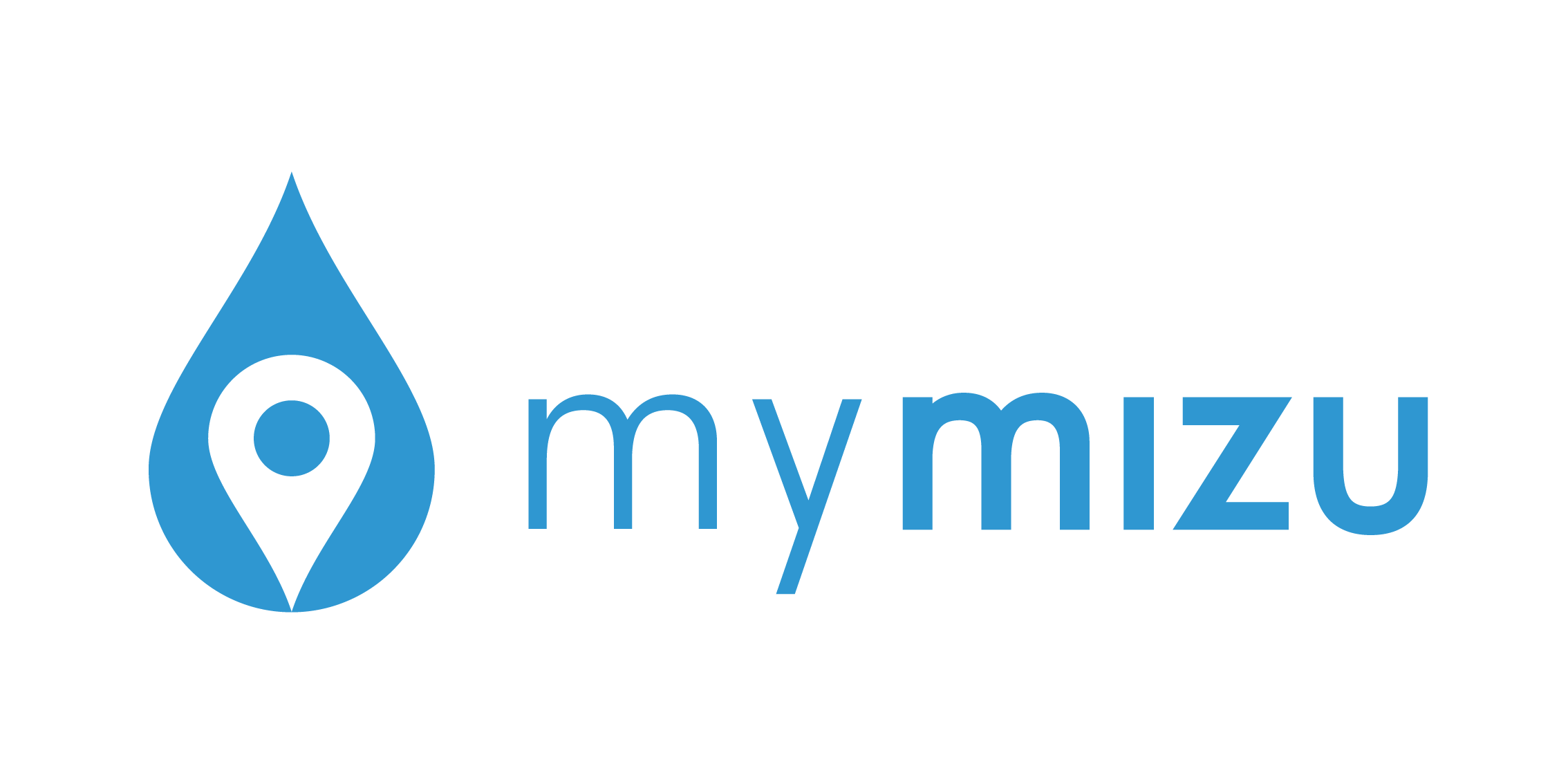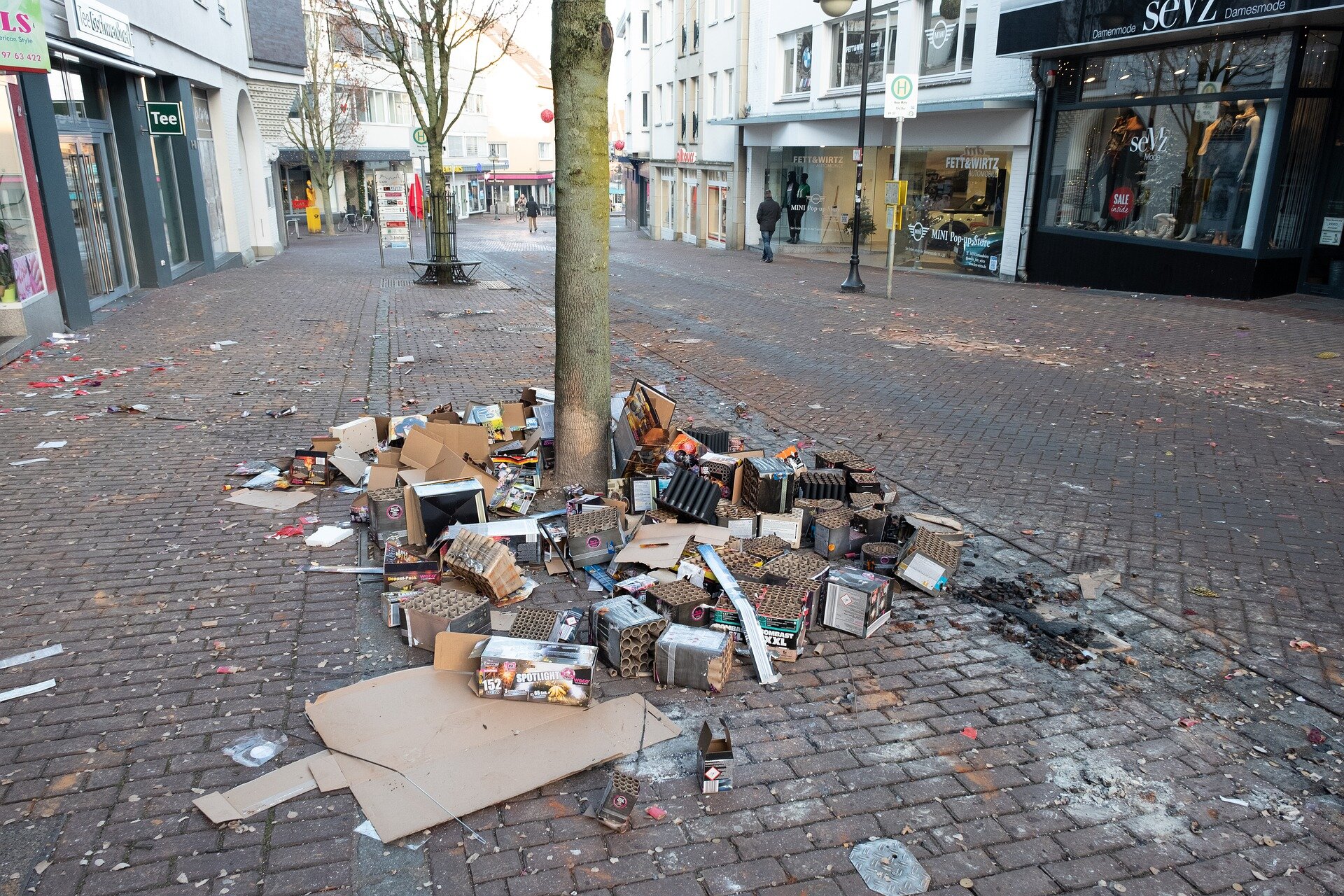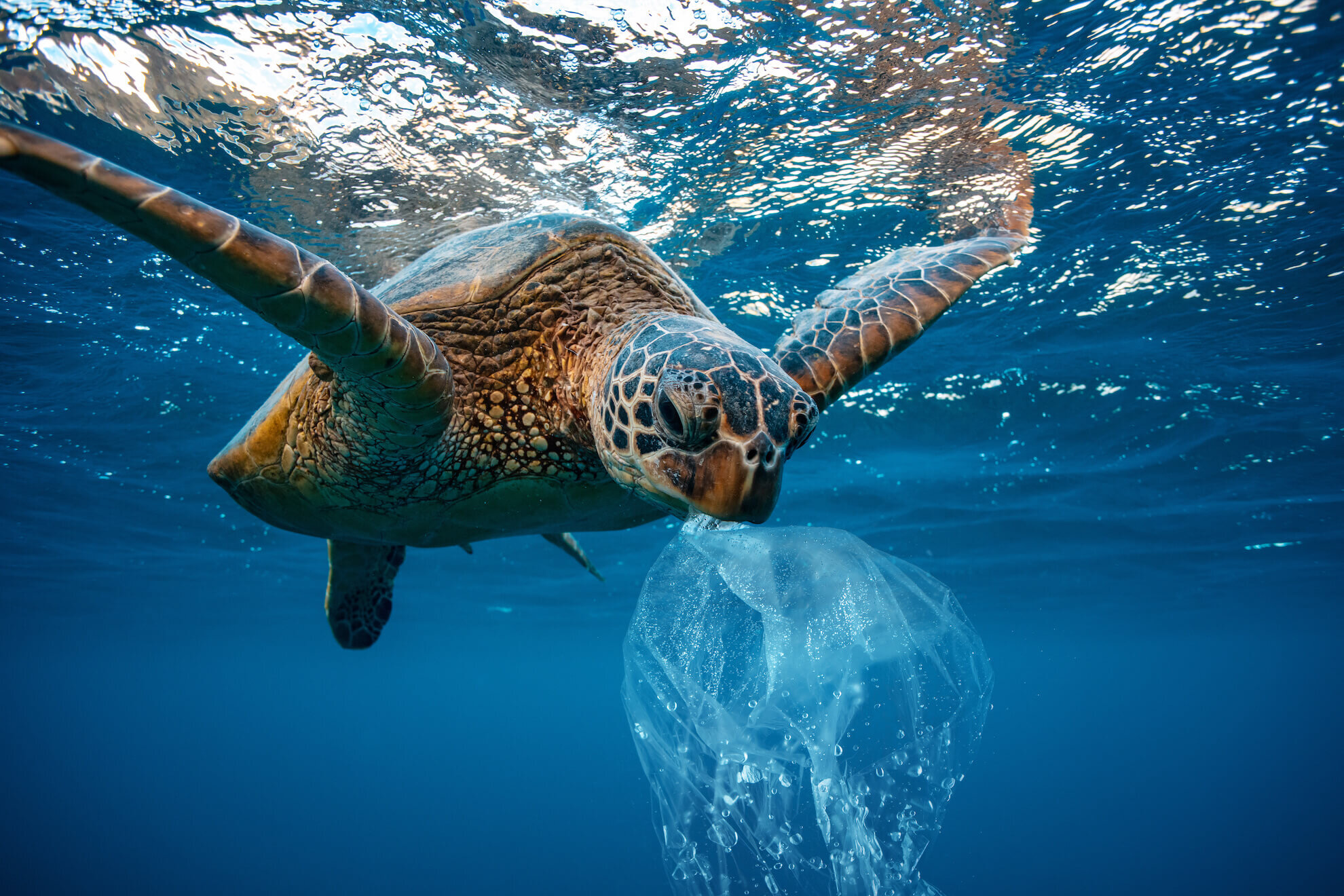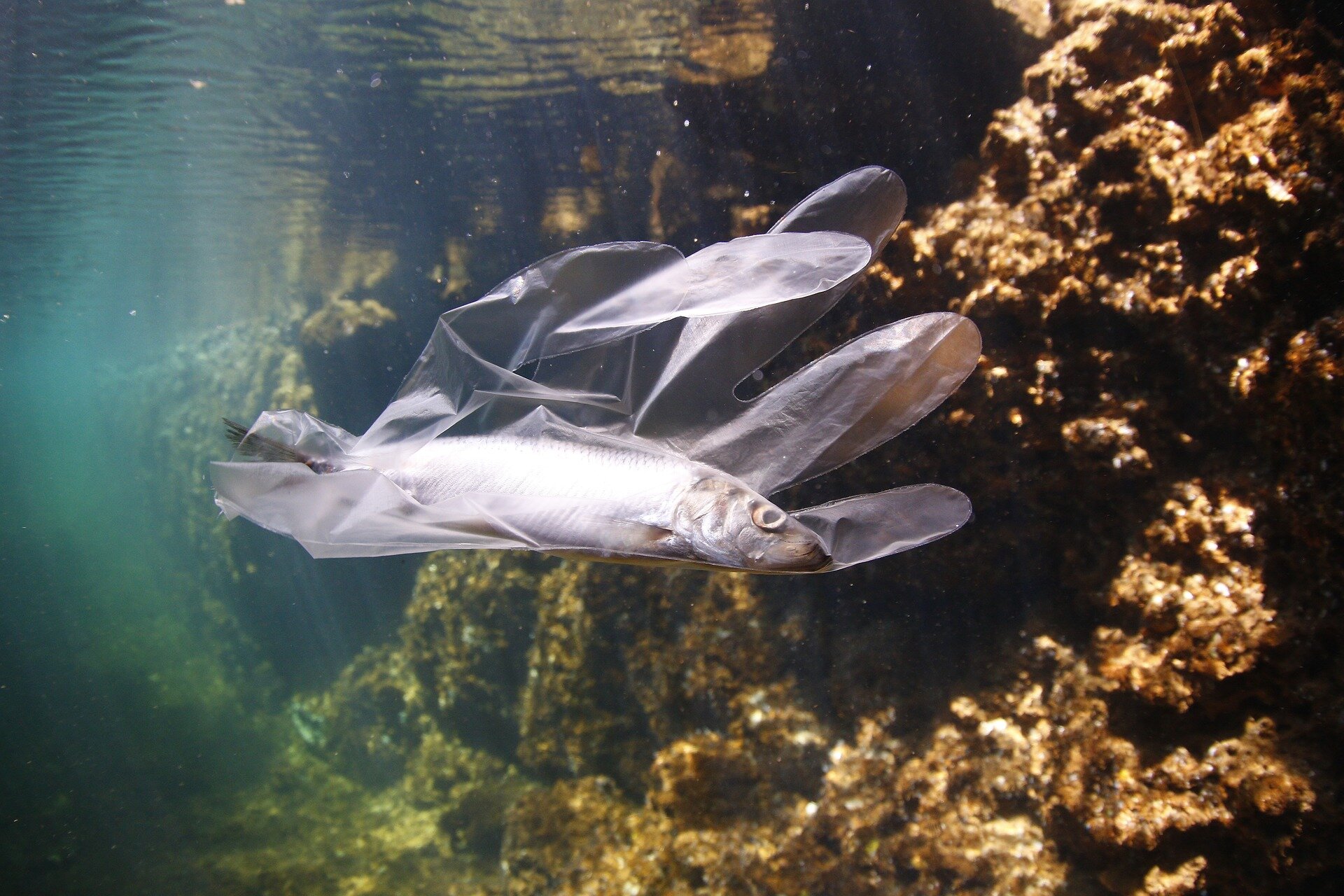What’s up with marine and microplastics...?
mymizu Blog Series "My Journey Towards Sustainability, with Kanae"
This blog series 'My Journey Towards Sustainability' is written by mymizu team member Kanae as she documents and shares her learnings on her journey towards a more sustainable lifestyle. Her goal is to make some of the challenges we face, and the actions we can take easy to understand and accessible to all!
I know this is out of the blue, but have you ever eaten plastic?
Most people would answer “No”.
But what if I told you, you are eating plastic every day?
In fact, you could be eating the equivalent of one credit card’s worth (5g) a week, or one hanger’s worth (21g) a month.
Yes, let’s take a moment to allow that to sink in…
Plastics can be found in the food we eat, the water we drink and the air we breathe.
We’re ingesting plastic without even knowing it.
You might be wondering how this could be.
Living in a clean and safe country like Japan, we tend to be unaware of this issue.
When most of us take out the trash, we respect the rules of each local government and properly separate the trash into the designated area.
However, in reality, at least 8 million tonnes and at most, 12 million tonnes of plastic trash leaks into the ocean every year.
8 million tonnes is equivalent to 7 Tokyo Domes.
This means that 7 Tokyo Domes’ worth of waste ends up in the ocean on an annual basis!
This can help to explain the shocking projection that by 2050, the weight of plastics in the ocean could exceed that of fish.
Did you know that 80% of marine trash comes from activities on land?
Japan is often thought to be one of the cleanest countries in the world with no litter on the streets! But when you start paying attention, litter is everywhere.
This waste originates from poorly tied garbage bags, bags torn open by animals, or the garbage collection process in itself. And, it can be hard to believe, but it could also come from people who litter as well.
This trash is then scattered across the city and blown away by the wind, washed away by the rain, flowing from drains into rivers, until it reaches its final destination - the ocean.
Plastic waste, which accounts for more than 70% of marine debris, flows into the ocean, moves with ocean currents, floats on the surface, sinks to the bottom of the ocean and some is washed ashore.
Let’s take this moment to have a quick think about the plastic bags we get at the convenience store or supermarkets, which we often throw out in a matter of seconds.
When this plastic bag drifts in the ocean, it looks like a certain animal. Can you guess which animal this may be?
The answer is*drumroll*...jellyfish!
Ok, now have a think about what animal feeds on jellyfish.
Many people’s favorite sea creature.
Yes, turtles!
When turtles mistakenly ingest plastic instead of jellyfish, it can cause life-threatening problems, including the clogging and damaging of the digestive tract as well as malnutrition, since the plastic in their stomach imitates the sensation of being full.
Besides sea turtles, 100,000 marine mammals die every year around the world due to the accidental ingestion of plastics and the entrapment of marine debris.
It is said that at least 690 kinds of wild animals have fallen victim to this kind of problem. And more than 15% of them are listed as endangered species by the IUCN red list.
It is also known that 52% of sea turtles and more than 90% of seabirds consume plastic at least once in their lifetime.
How did we even get here?!
How are microplastics made and how does it affect our health?
Marine debris consists of many different types of waste, but one of the most impactful is known to be microplastics.
How are microplastics created and what impact do they have on us humans?
Well, let’s imagine a piece of plastic floating in the ocean.
The plastic that has flown into the ocean will be hit by waves, exposed to the sun's ultraviolet light and eventually break down into small pieces. Microplastics are the tiny pieces of plastic of up to 5 mm that result from this process of breaking down.
Microplastics have rough pitted surfaces, making it easier for waterborne chemicals to combine with them, effectively turning them into toxic pills.
No matter how clear and beautiful the ocean looks, there are pollutants of industrial and agricultural origin that are immiscible in water. These toxic chemicals include POPs (persistent organic pollutants), such as DDT (dichlorodiphenyltrichloroethane) and PCB (Polychlorinated Biphenyl), which are already banned from being manufactured and used in most countries.
In addition, the plastic itself contains additives that are harmful to the human body such as flame retardants, UV absorbers and chemical substances that have endocrine-disrupting effects that impact our reproductive functions.
Zooplankton and fish have no idea how toxic the plastic is; from their perspective, it looks and smells just like food - so you can’t blame them for chasing after it and gulping it down.
So, what happens when fish eat contaminated microplastics?
When fish eat plastics, those toxins migrate into their muscles or their fats — the parts of the fish that humans often enjoy eating. Every time the accumulated fat is used as energy, the toxins travel around the fish’s body and interfere with their reproduction, metabolism, and organ functions.
The worst part is that these fish are then eaten by bigger fish, leading to an increase in the concentration of toxins.
Now, who is eating these fish with high concentrated toxins?
It’s us - humans!
As we have the same fat as fish, our body also attracts the toxins and stores them in our body.
Japan is no exception. Microplastics collected in Japan's coastal and inshore areas also contain harmful substances.
There is a survey showing that microplastics were discovered in the digestive tracts of 49 sardines, equivalent to77% of the 64 sardines sampled in Tokyo Bay.
According to International Pellet Watch’s research done in 2010, Tokyo was the second most polluted coastal city out of 51 cities, after San Francisco.
This study also shows that the concentration of harmful substances attached to the plastic particles collected near the coastline of Japan was at times one million times higher than the surrounding seawater.
Although research on how microplastics affect human health has just begun, scientists point out that the ingestion of microplastics may increase the incidence of cancer, such as colorectal and breast cancer, decrease the function of our reproductive systems (e.g. decrease sperm production in males) and cause developmental disorders in children.
The issues around microplastics and marine debris are profound,so allow me to divide this article into two parts.
In the second half of the article, we will discuss the current situation of plastic waste in the world and Japan, the problem of microbeads and how to reduce microplastics. ‘Sea’ you there!
【Blogger Intro: Kanae Hasegawa】
As an ecofreak, I aspire to help others adopt a sustainable and healthy lifestyle - not only for the direct benefit of us as individuals but for the health of our environment. My journey towards sustainability started from her hometown Nagoya, Japan where I hosted monthly events such as street cleanup, vegan picnic, yoga, climate action lectures and more, bringing in over 350 participants from all age groups. I am also a core member of Fridays For Future Nagoya and have participated in Climate Reality Leadership Corps training in Tokyo hosted by Al Gore to cultivate a broad view of the climate crisis. By writing this blog (from the world’s largest island: Australia!), I hope to share my own learnings and document my own journey to help create a world in which sustainable and eco-friendly choices become the norm!








